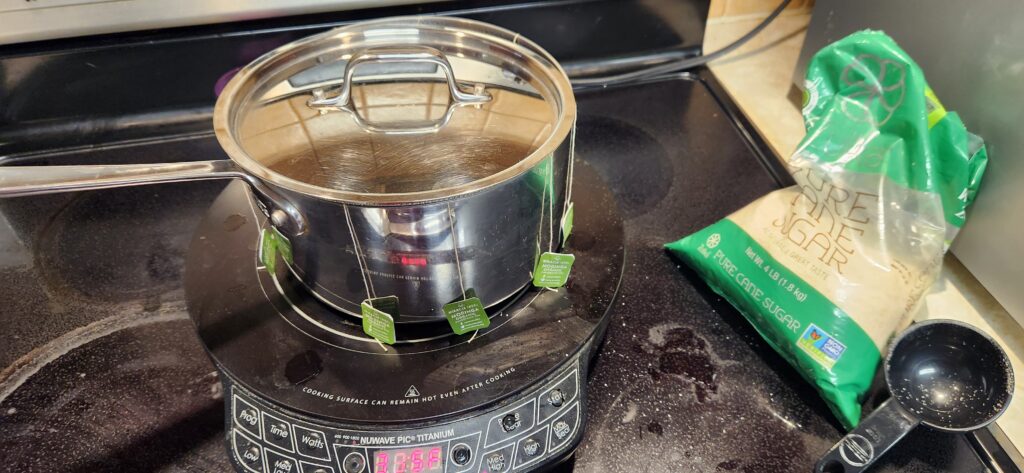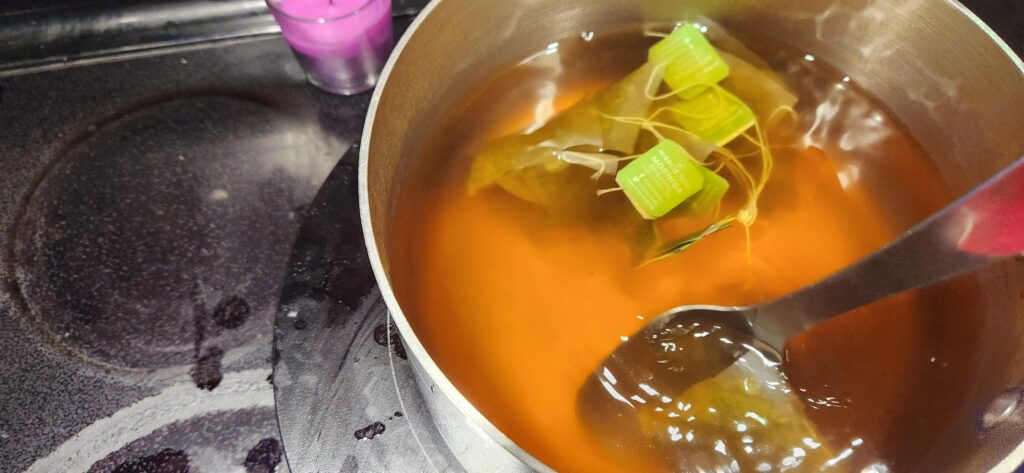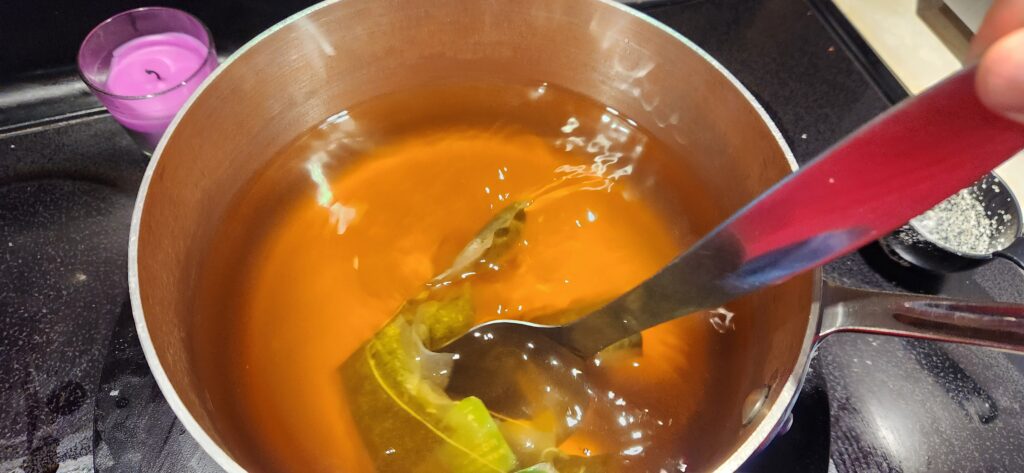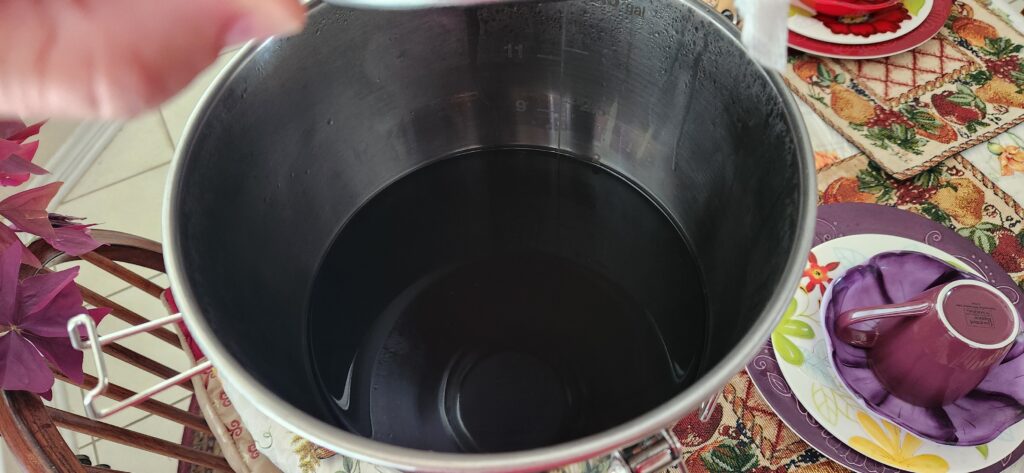Kombucha is a fermented tea beverage that has gained popularity for its unique taste and potential health benefits.
Did you know that DIY Kombucha has 2% alcohol. The commercial sellers of kombucha are limited to .5% alcohol content. They have to remove the alcohol above .5% in order to sell their kombucha to the public.
Here’s a detailed look at what kombucha is and its characteristics:
1. Origin and History
- Kombucha is believed to have originated in Northeast China around 220 B.C. and was traditionally known for its healing properties. It later spread to Russia and the rest of the world.
2. Preparation
- Kombucha is made by fermenting sweetened tea with a symbiotic culture of bacteria and yeast (SCOBY). This culture forms a mushroom-like film on the surface of the liquid. The process generally takes about 7 to 12 days and involves the following steps:
- Brewing a base of sweetened tea (usually black or green tea).
- Adding the SCOBY to the cooled tea along with some previously fermented kombucha.
- Allowing the mixture to ferment in a warm, dark place.
- After fermentation, the SCOBY is removed, and the kombucha is bottled for consumption.
3. Flavor Profile
- Kombucha has a distinctive, slightly tart flavor, with a mild sweetness. The taste can vary greatly depending on the length of fermentation and the types of tea and additional flavorings (like fruits, herbs, or spices) used.
4. Health Benefits
- Kombucha is touted for its health benefits, which are believed to include:
- Digestive Health: The drink is rich in probiotics, which are beneficial bacteria that can help balance the gut microbiome.
- Detoxification: It contains glucuronic acid, which is claimed to help detoxify the liver.
- Immune System Support: The antioxidants in kombucha can help strengthen the immune system.
- Joint Health: Contains glucosamines, which are known to promote joint health and reduce arthritis pain.
- However, scientific evidence supporting these benefits is limited, and more research is needed to substantiate these claims.
5. Safety Considerations
- Homemade kombucha can sometimes become contaminated if not prepared in a sanitary manner, leading to health risks such as upset stomach, allergic reactions, and more severe health issues.
- Commercially produced kombucha is generally safer due to strict manufacturing regulations.
6. Popularity
- In recent years, kombucha has become a popular drink worldwide, especially among health-conscious consumers. It is readily available in supermarkets, health food stores, and can even be brewed at home with the right equipment and precautions.
Kombucha is often consumed for its refreshing taste and potential health benefits, though it’s important to consume it in moderation due to its acidic nature and possible caffeine and sugar content.
Alcohol?
How much alcohol is in store bought Kombucha????? The Kombucha sellers state .5 to 1 % alcohol content. I’ve always found there was around 1% in the good (and expensive) kombucha.
Home made Kombucha has 2% alcohol.
Ferment Kombucha
Make 3.5 gallons in fermenter (without an air lock)
Boil 6 cups distilled water. Turn down the heat to barely simmering.
Seep 10 tea bags for 15 minutes. Selecting quality tea is important for taste.
Stir in 1 cup cane sugar
Let mixture cool to room temperature. Put into fermenter.
Make three batches. Put batches into fermenter and fill fermenter to 3 gallon mark with distilled water.
Totally aerate the mixture by pouring it back and forth with two pitchers ….. or use a fish bubbler.




__________________________________________________________
Add the total brewed to the 3.5 gallon fermenter more distilled water (aerated) if desired to bring the total volume to 3.5 gallons.
Introduce the kombucha starter. Get a bottle GT’s Synergy raw kombucha from the grocery store, also labeled PURE. Carefully drain out the top fluids (drink it) and leaving about 1″ of the bottom. You can see the scoby particles floating on the bottom. That is the starter. Make sure the starter is at room temperature. Add this to your fermenter. Or you can also buy a scoby on Amazon.
Instead of an air lock on the fermenter vessel, put a very fine screen in the place of the air lock opening allowing oxygen to enter.
Wait 7 to 10 days to bottle.
Add flavoring such as blue berries, raspberries, etc. to the finished product before bottling.
Flavorings
Try different teas: black tea, green tea, moringa tea, etc.
Try different sugars like molasses, brown sugar, turbinado sugar, demerara sugar, muscovado sugar, etc.
Scoby Hotel


A scoby hotel should be in a quart or half gallon jar. Separate the top layer for your Hotel. The bottom layer is full of tea so you can discard it or use it in the next Kombucha batch. Start the Hotel with a small fresh batch of tea mixed with 1 cup of sugar. Kombucha need to breathe so put a fine cloth screen on the top. Repeat this every 4 to a max of 6 months.

